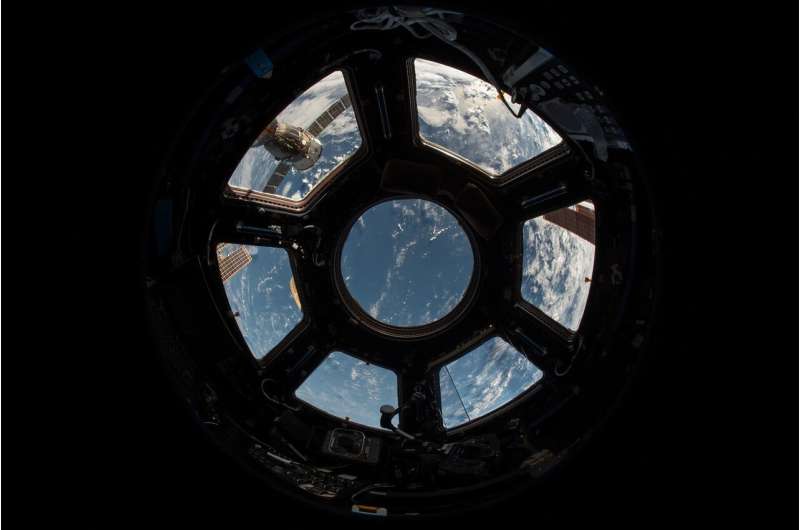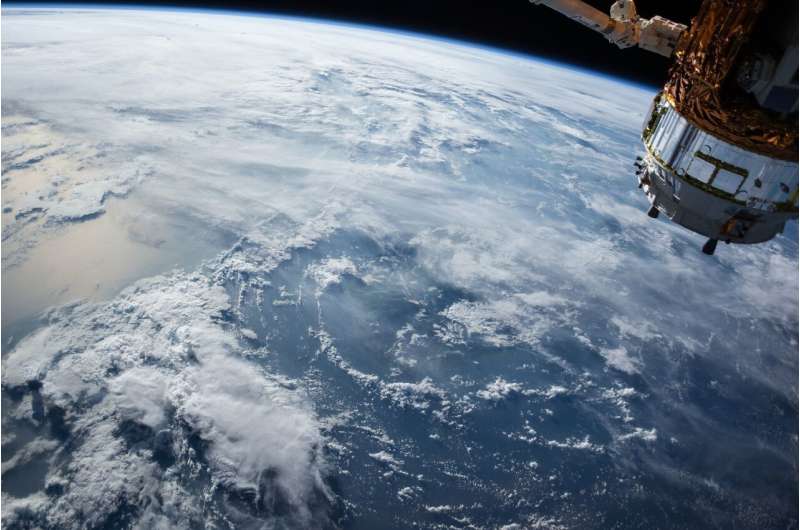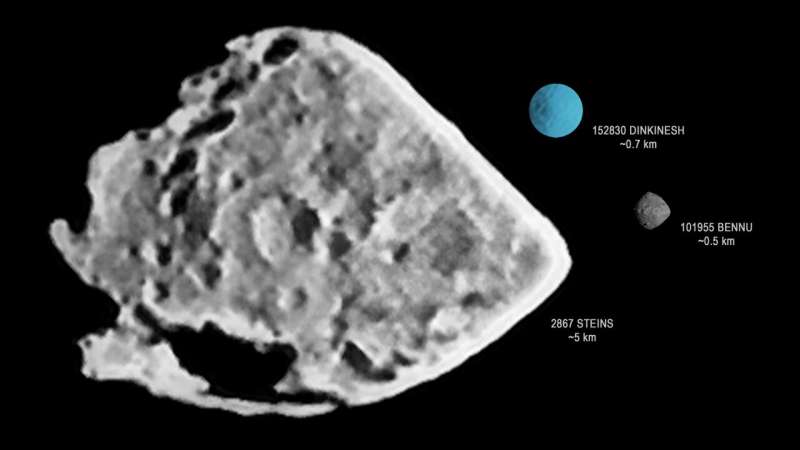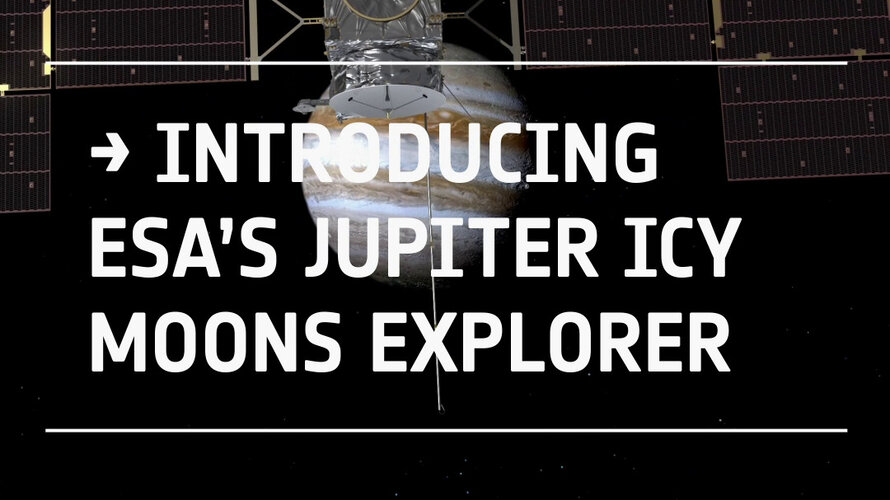
Copernical Team
Spacecraft controllers aim for the heights
 Like many office workers, Hu Guolin and his colleagues deal with figures, charts and graphics on their computer screens.
However, the information in front of Hu's team comes from Earth's orbit or even planets hundreds of millions of kilometers away.
From the first day of its existence, people working at the Beijing Aerospace Control Center - like Hu, some of the smartest minds in Chi
Like many office workers, Hu Guolin and his colleagues deal with figures, charts and graphics on their computer screens.
However, the information in front of Hu's team comes from Earth's orbit or even planets hundreds of millions of kilometers away.
From the first day of its existence, people working at the Beijing Aerospace Control Center - like Hu, some of the smartest minds in Chi Russian Progress cargo craft docks at space station suffers loss of coolant
 On February 11, a Russian unmanned Progress MS-22/83P cargo ship successfully docked to the Zvezda service module at the International Space Station (ISS), however for the second time in just two months, another Progress has sprung a leak.
Shortly after docking, Russia's space agency Roscosmos in Moscow announced via Telegram that mission control detected a "depressurization" in the Progre
On February 11, a Russian unmanned Progress MS-22/83P cargo ship successfully docked to the Zvezda service module at the International Space Station (ISS), however for the second time in just two months, another Progress has sprung a leak.
Shortly after docking, Russia's space agency Roscosmos in Moscow announced via Telegram that mission control detected a "depressurization" in the Progre NASA, partners clear Axiom's second private astronaut mission crew
 NASA and its international partners have approved the crew for Axiom Space's second private astronaut mission to the International Space Station, Axiom Mission 2 (Ax-2).
Axiom Space's Director of Human Spaceflight and former NASA astronaut Peggy Whitson will command the privately funded mission. John Shoffner of Knoxville, Tennessee, will serve as pilot. The two mission specialists, Ali Al
NASA and its international partners have approved the crew for Axiom Space's second private astronaut mission to the International Space Station, Axiom Mission 2 (Ax-2).
Axiom Space's Director of Human Spaceflight and former NASA astronaut Peggy Whitson will command the privately funded mission. John Shoffner of Knoxville, Tennessee, will serve as pilot. The two mission specialists, Ali Al Satellites support impact assessment after Turkiye-Syria earthquakes
 Turkiye and Syria are reeling from one of the worst earthquakes to strike the region in almost a century. Tens of thousands of people have been killed with many more injured in this tragedy.
Satellite data are being used to help emergency aid organisations, while scientists have begun to analyse ground movement - aiding risk assessments that authorities will use as they plan recovery and r
Turkiye and Syria are reeling from one of the worst earthquakes to strike the region in almost a century. Tens of thousands of people have been killed with many more injured in this tragedy.
Satellite data are being used to help emergency aid organisations, while scientists have begun to analyse ground movement - aiding risk assessments that authorities will use as they plan recovery and r Russia postpones launch of rescue ship to space station

Russia said Monday it had delayed the launch of a rescue ship supposed to bring home three astronauts whose planned return vehicle was damaged by a tiny meteoroid.
The mission's postponement until March came after the Russian space agency reported a new problem at the weekend, saying a supply ship docked at the International Space Station (ISS) had leaked coolant.
"A decision has been taken to postpone the launch of the Soyuz MS-23 spacecraft in an unmanned mode until March 2023," the Russian space agency said.
"We stress that nothing threatens the life and health of the crew," it added.
Russia had said in early January it would send an empty spacecraft to the ISS on February 20 to bring back the three astronauts.
MS-22 flew Russian cosmonauts Dmitry Petelin and Sergei Prokopyev and NASA astronaut Frank Rubio to the ISS in September after taking off from the Russian-operated Baikonur Cosmodrome in Kazakhstan.
They were scheduled to return home in the same spacecraft in March.
But MS-22 began leaking coolant in mid-December after being hit by what US and Russian space officials believe was a tiny space rock.
Russia delays launch to space station while leak is probed

Russia will postpone the launch of an empty space capsule to the International Space Station pending further investigation of a coolant leak on a supply ship docked to the station, the second such leak at a docked Russian craft in two months, the head of Russia's space corporation Roscosmos said Monday.
The Soyuz capsule was to be launched in automatic mode on Feb. 20 and dock with the orbiting outpost two days later, to serve as a lifeboat for crew evacuation in case of an emergency. Roscosmos director Yuri Borisov said the launch will be delayed, at most until early March.
A Soyuz capsule that can accommodate an astronaut capsule and was already docked to the station developed a coolant leak in December.
Russians Sergey Prokopyev and Dmitri Petelin and NASA astronaut Frank Rubio were supposed to return to Earth in March in that capsule, but Russian space officials said higher temperatures from the coolant leak could make that dangerous.
Then another coolant leak was detected Saturday in a docked supply ship. The leak was detected after a second supply ship docked with the space station.
Seventh shooting star ever spotted before strike
 Image:
Image:
For the seventh time, a small asteroid – a meteoroid as astronomers call it – was discovered in space as it raced towards Earth for impact. The predicted time and location of the impact (02:50 - 03:03 UTC, above northern France) were made possible with observations by European astronomer Krisztián Sárneczky using the 60 cm Schmidt telescope from the Piszkéstető Observatory in Hungary. 2023 CX1 is the second impactor discovered by Krisztián, after the impact of 2022 EB5 less than a year ago.
The last three predicted impacts have
Saudi Arabia to send its first woman into space

Saudi Arabia will send its first ever woman astronaut on a space mission later this year, state media has reported, in the latest move to revamp the kingdom's ultra-conservative image.
Rayyana Barnawi will join fellow Saudi male astronaut Ali Al-Qarni on a mission to the International Space Station (ISS) "during the second quarter of 2023", the official Saudi Press Agency said on Sunday.
The astronauts "will join the crew of the AX-2 space mission" and the space flight will "launch from the USA", the agency said.
The oil-rich country will be following in the footsteps of the neighbouring United Arab Emirates which in 2019 became the first Arab country to send one of its citizens into space.
At the time, astronaut Hazzaa al-Mansoori spent eight days on the ISS. Another fellow Emirati, Sultan al-Neyadi, will also make a voyage later this month.
Nicknamed the "Sultan of Space", 41-year-old Neyadi will become the first Arab astronaut to spend six months in space when he blasts off for the ISS aboard a SpaceX Falcon 9 rocket.
Gulf monarchies have been seeking to diversify their energy-reliant economies through a plethora of projects.
NASA's Lucy asteroid target gets a name

Introducing Juice’s odyssey of exploration
 Video:
00:01:00
Video:
00:01:00
ESA’s Jupiter Icy Moons Explorer, Juice, has an ambitious mission ahead. Juice will observe Jupiter and its three largest moons: Callisto, Europa, and in particular Ganymede. The moons’ buried oceans could tell us whether life can arise in different environments across the cosmos. Juice will examine Jupiter and its complex environment to transform our understanding of how the planet works. Its discoveries may also shed new light on solar system evolution, both in our home system and in the diverse array of exoplanet systems beyond our own.
Juice will launch on an Ariane 5 from Europe’s Spaceport in Kourou,

